Astaxanthin
- Astaxanthin | 60 capsules
- 16 mg natural astaxanthin per capsule
- the strongest antioxidant
- obtained from the microalgae Haematococcus pluvialis
- Highest purity thanks to high-tech indoor algae cultivation system
- vegan liquid capsules without additives: 100% free from carrageenan and PEG
- plastic free packaging
29,90 € 27,90 €
incl. 7% VAT
plus shipping costs

In 2-3 working days with you!
Free shipping to DE & AT from 50 €

Made with Love in Austria
Take a little trip to ...
Astaxanthin
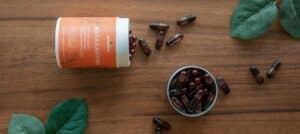
the strongest antioxidant
Astaxanthin is known as the most powerful antioxidant. It comes from a and is an intense dye that is responsible, among other things, for the pink flesh of crustaceans such as shrimp and salmon. As an antioxidant, astaxanthin counteracts oxidative stress and protects your body from premature ageing. It can develop anti-inflammatory properties and have a positive effect on eye health.
Purity, quality and bioavailability
The carotenoid comes from the microalgae Haematococcus pluvialis. The active ingredient is obtained in a specially designed, closed indoor algae cultivation system and enables extremely high purity and no destruction of the seabed. It is dissolved in sunflower oil and sunflower lecithin and is encapsulated in vegan capsule shells, which keeps the active ingredient available for longer and enables maximum bioavailability. With just one liquid capsule you get 16 mg of natural astaxanthin.
Be warned:
We have double-sealed our capsules to protect you and your fingers as much as possible from a potential bloodbath. We only recommend opening the capsules for particularly courageous people or those who enjoy cleaning. Despite our efforts to clean the outside of the capsule shell after production, they may still retain some color in the can. Don’t worry, they haven’t leaked or been damaged.
CONTENTS:
Sunflower oil, astaxanthin-rich oleoresin from the algae Haematococcus pluvialis, hydroxypropylmethylcellulose (capsule shell), sunflower lecithin, rosemary extract
| Ingredients per daily dose (1 capsule every 2nd day) | % NRV* | |
| Astaxanthin | 8 mg | -** |
* the nutrient reference quantity
** no reference available
Product warranty
Your health and safety means everything to us. For this reason, our capsules are produced in a fully compliant HACCP factory in Austria, in accordance with all manufacturing guidelines and under the strictest quality control. Naturally without additives and anti-caking agents such as magnesium stearate, silicon dioxide or aluminum.
Sustainable packaging
You receive our astaxanthin capsules in a gentle, environmentally friendly paper can.
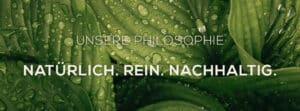
FOR YOU AND FOR NATURE
Premium active ingredients as pure substances
Direct sourcing from the world’s most renowned raw material suppliers
Avoidance of any synthetic additives
If additives, only valuable natural substances
Voluntary declaration of substances that do not have to be declared
Maximum avoidance of chem. Solvent for extracts
Exclusive custom-made products for purity and quality
Production in AT and EU (HACCP, GMP)
Only vegan capsule shells: 100% free from carrageenan and PEG
Sustainable packaging
made from climate-neutral paper, no plastic, no aluminum, no energy-intensive glass

All products 100% without:
Magnesium stearate, silicon dioxide, nanoparticles (without legal exceptions), genetic engineering, artificial colors and flavors, titanium dioxide, added sugar & sweeteners
At Sanutrition, we focus on products that help you lead a
healthy and happy life
and at the same time be in harmony with nature. We have concentrated on the development, production and marketing of
Premium micronutrient preparations
focused. From all regions of the world, we seek out outstanding foods and valuable botanicals that help you promote and maintain health and vitality naturally. All preparations are made in manufactory standard according to the
pure substance principle
– without any artificial colors, flavor enhancers, coatings or release agents and exported throughout Europe.
With the world’s first
Paper can for supplements
we set new standards in the field of sustainable, climate-neutral packaging. Our developments & productions meet the highest demands in terms of naturalness, purity and quality. We pursue this ideal at all levels, with meticulous love, down to the smallest detail.
Additional information
Astaxanthin, fat-soluble carotenoids
Occurrence in food
Natural astaxanthin is considered one of the most powerful antioxidants and chemically belongs to the group of carotenoids, more precisely to the xanthophylls (1). Industrially, astaxanthin is mainly extracted from the green algae Haematococcus pluvialis, which reacts to stress caused by lack of food or water, high salt content in the water, lack of nitrogen, strong sunlight or extreme heat or cold by forming the characteristic red natural pigment astaxanthin. Astaxanthin enters animals and humans through the food chain and is responsible, for example, for the reddish coloration of crustaceans, lobsters and salmon (2). Although its ability to eliminate free radicals is several times stronger than that of vitamin C, vitamin E and synthetic astaxanthin, astaxanthin is considered a “mild” antioxidant (3)(4).
Physiological functions
Antioxidant : Important role as a so-called radical scavenger. Antioxidants “defuse” free radicals by either acting as electron donors or breaking down the radical molecule.
Support of the oxidative balance
Eye: Protection against age-related eye damage and general changes in visual behavior (e.g. presbyopia or computer vision syndrome (CVS)).
Skin: wrinkle reduction
Increase skin elasticity and hydration
Protection against UV-induced skin damage
Protection against lipid peroxidation
Cardiovascular system: Potentially supportive in the prevention and therapy of cardiovascular diseases.
Sports: Nutritive supplementation in performance-oriented mass sports
Increased demand:
Low intake of vegetables, malabsorption (e.g., due to chronic inflammatory bowel disease, cholangitis, cirrhosis, and pancreatic insufficiency).
The antioxidant powerhouse astaxanthin – general and metabolism
The “superantioxidant” astaxanthin (C40H52O4) is structurally similar to beta-carotene (C40H56). However, while beta-carotene has only 11 double bonds, astaxanthin has 13 conjugated double bonds. These and the two oxo groups (double bonded oxygen to carbon atom) give astaxanthin its antioxidant effect. Comparative studies have shown that astaxanthin has a much stronger antioxidant effect than other compounds. For example, astaxanthin is 6000 times stronger than vitamin C, 770 times stronger than coenzyme Q10, 100 times stronger than vitamin E, 55 times stronger than synthetic astaxanthin, 5 times stronger than beta-carotene, 3 times stronger than lutein, 2 times stronger than lycopene. In terms of its antioxidant activity, astaxanthin has other benefits as well. Its chemical structure enables it to scavenge a wide variety of free radicals. At the same time, astaxanthin is considered a “gentle” antioxidant because, compared to other antioxidants, the molecule does not itself become a highly reactive compound after absorbing a free radical (3)(4). Astaxanthin is considered safe and has been certified by the United States Food and Drug Administration (FDA) with GRAS (generally recognized as safe) status (5). After ingestion in the form of supplements or carotenoid-rich foods, astaxanthin enters intestinal cells with dietary lipids by passive diffusion. Similar to other carotenoids, astaxanthin is transported in chylomicrons and into the blood via the lymph. This is then also how transport to the respective target tissue takes place (6). The bioavailability of astaxanthin depends on numerous factors. Thus, combination with dietary fats increases bioavailability by 2.4-fold, so simultaneous intake with a meal should be considered (7). In addition, combining astaxanthin with dietary fats in supplements increases its bioavailability 2- to 4-fold (8). Another advantage is the extraction of astaxanthin from Haematococcus pluvialis. Because this form of astaxanthin is esterified, it is more stable and better absorbed in the body. Unesterified astaxanthin can oxidize particularly easily (9)(10)(11). The topic of bioavailability is concluded by the factor of tobacco consumption. Smoking increases astaxanthin degradation and can greatly reduce bioavailability (12).
Anti-aging and Healthy Aging with Astaxanthin
The human aging process is associated with mitochondrial damage, increased oxidative stress production, and less active cellular protective systems. This background is considered to be one of the main causes for the development of various diseases in old age. Characteristic age-related side effects are damage to the skin, increased oxidation of blood lipids or retinal damage. Astaxanthin can successfully counteract these aging processes. Preservation of a young skin appearance: As a barrier, the human skin is permanently exposed to a wide variety of environmental influences: UV radiation, environmental toxins and various mechanical and chemical influences. It is therefore obvious that the skin is particularly exposed to reactive oxygen species. The barrier function of the skin is additionally reduced by the progressive aging process, as the naturally thinning skin reacts particularly sensitively to UV radiation. The direct consequences are increased pigmentation, reduced elasticity and premature aging of the skin. However, the antioxidant astaxanthin can also be relied upon in this indication area. This is not only able to counteract hyperpigmentation and wrinkling, but also increases skin elasticity and moisture. It can also reduce UV-induced skin damage. Overall, astaxanthin therefore supports the maintenance of a young skin appearance – even in old age. Of particular note are two studies from Japan in which astaxanthin intervention reduced wrinkles around the eye area and the size of age spots in the cheek area, improved skin texture, and increased skin hydration and elasticity (14). A study published in June 2018 on astaxanthin UV protection investigated whether supplementation with 4 mg astaxanthin/day increased the minimum erythema dose (MED) of the skin. The minimum erythema dose (also erythema threshold dose) is a measure of the human skin’s tolerance to solar radiation and indicates the amount of UV radiation the skin can tolerate before initial redness occurs. After completion of astaxanthin intake, MED was significantly increased; this effect did not occur in the placebo group. At the same time, the UV-irradiated skin areas of the subjects in the astaxanthin group showed less moisture loss. Subjective perceptions of improvement in rough skin and overall skin texture were also significantly more positive in the intervention group (15).
References:
Micronutrient Coach® – The great BIOGENA compendium of nutrients. 4th ed. Verlagshaus der Ärzte, Editors: Dr. Christina Schmidbauer and Georg Hofstätter MSc.
Related products
-
Herbal active ingredients & vital substances
Propionic acid 750 mg
17,90 €incl. 7% VAT
plus shipping costs
-
Herbal active ingredients & vital substances
R-alpha lipoic acid
27,90 €incl. 7% VAT
plus shipping costs

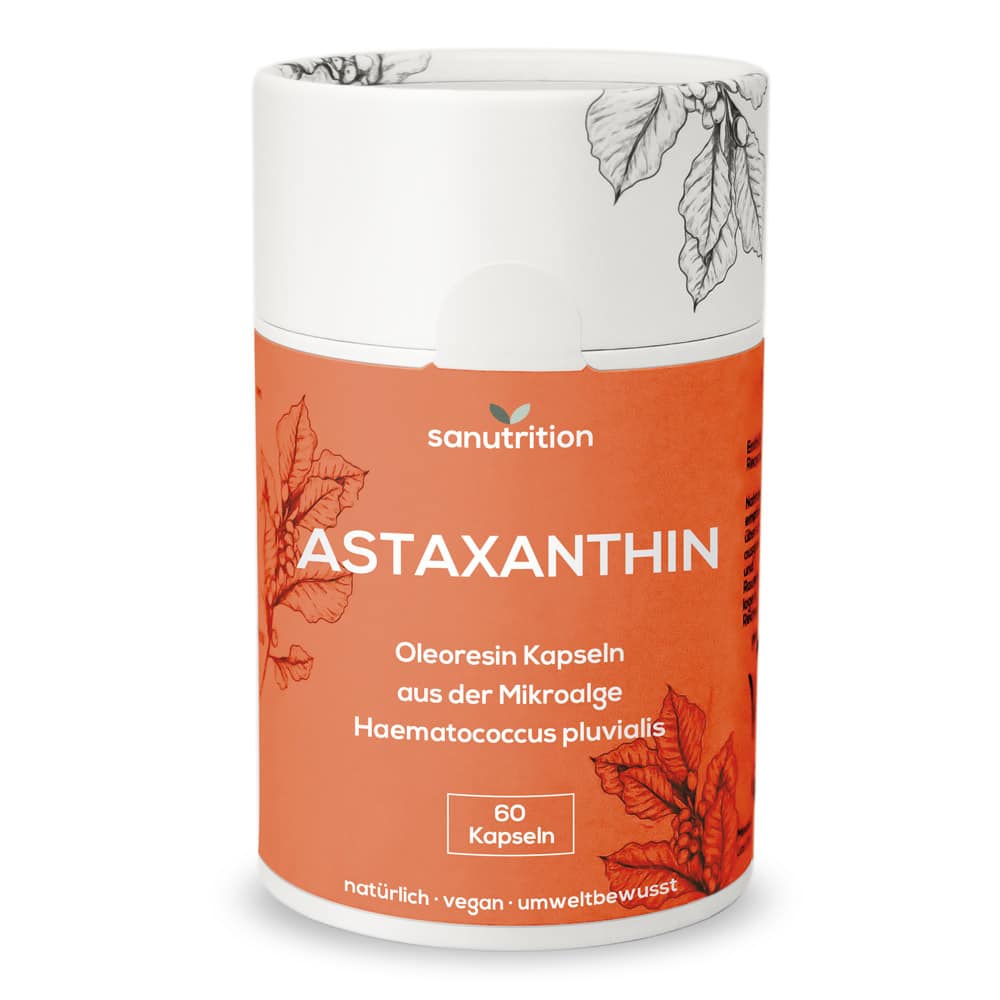

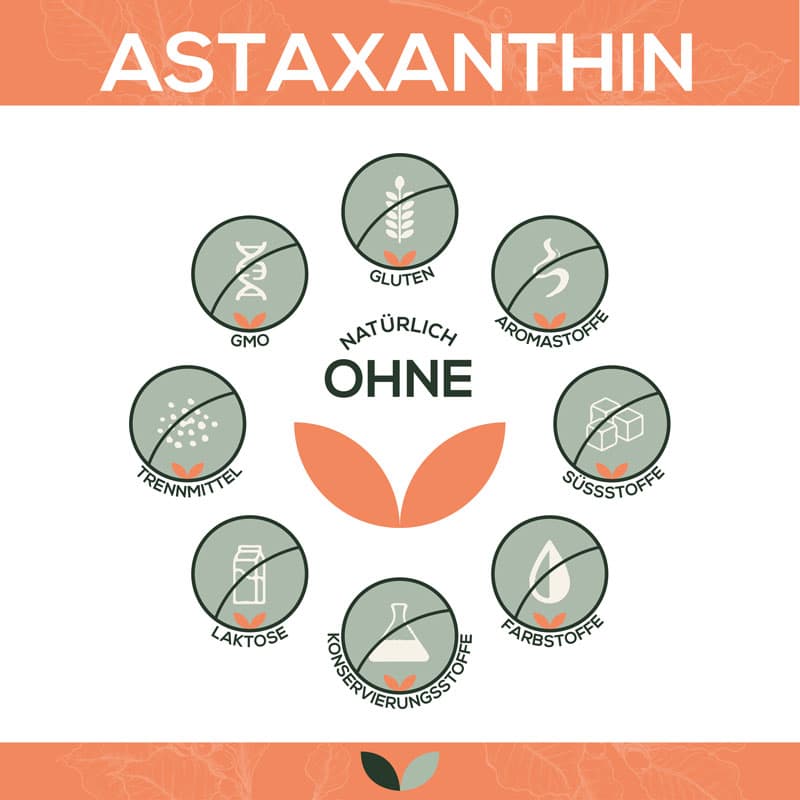
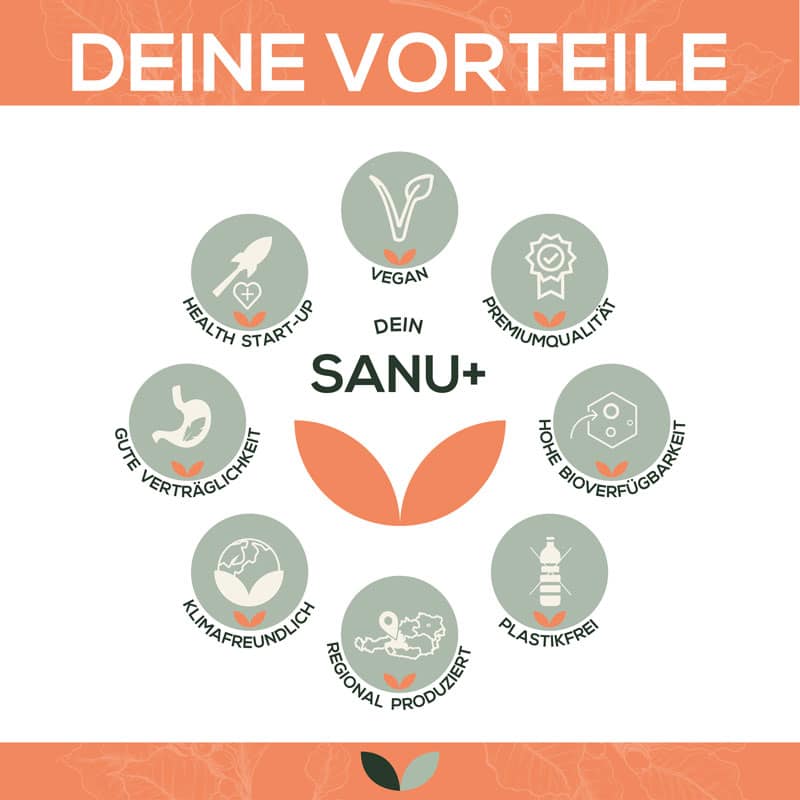
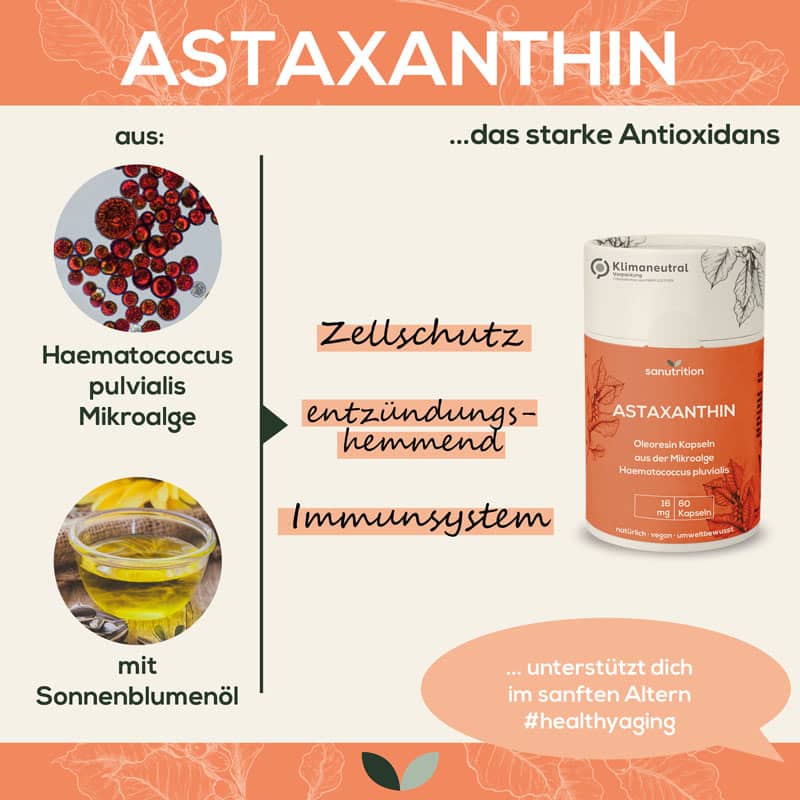
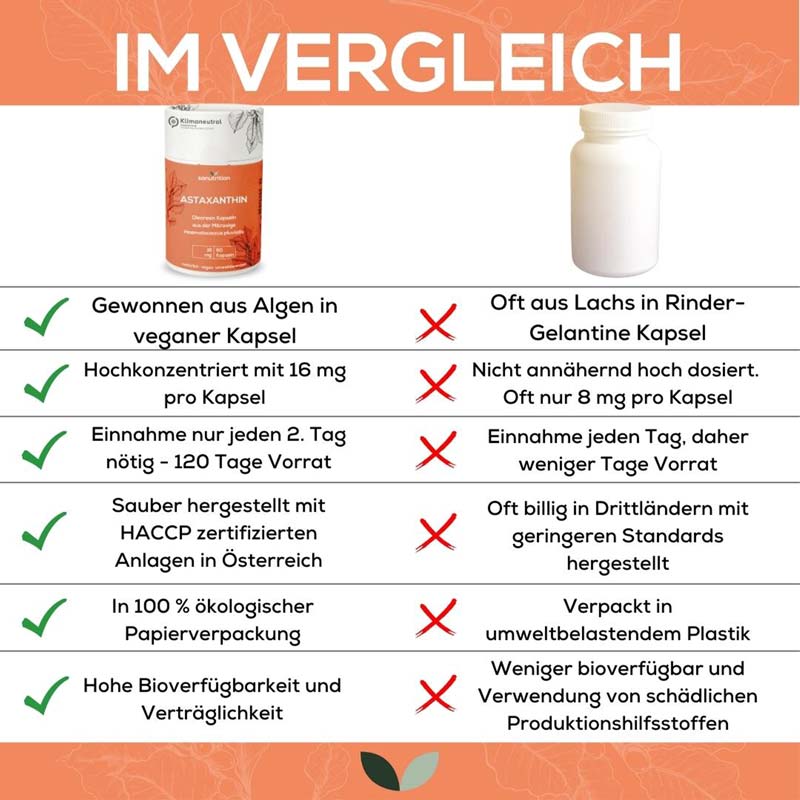
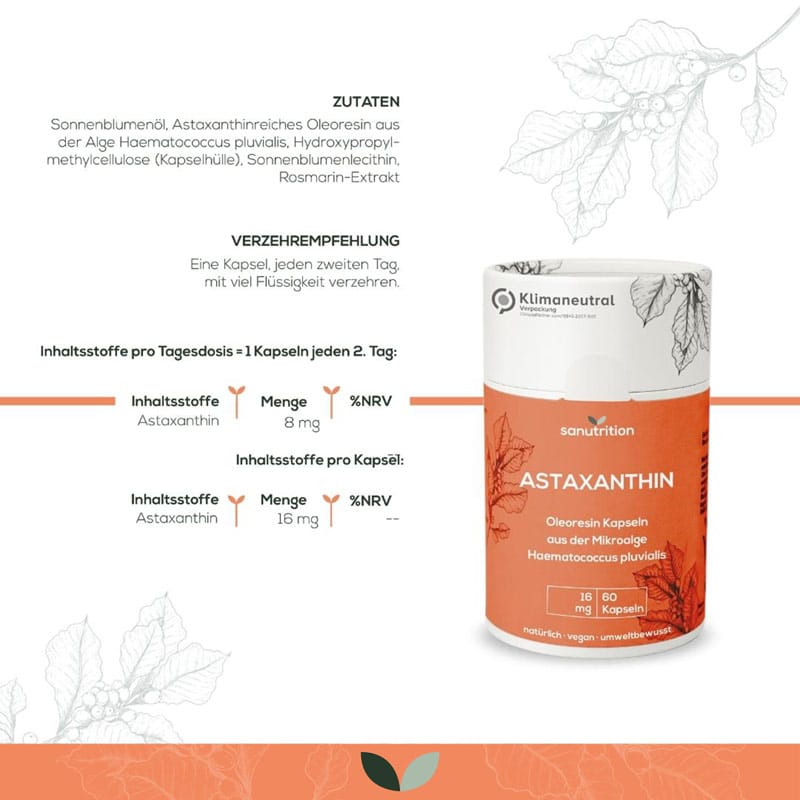
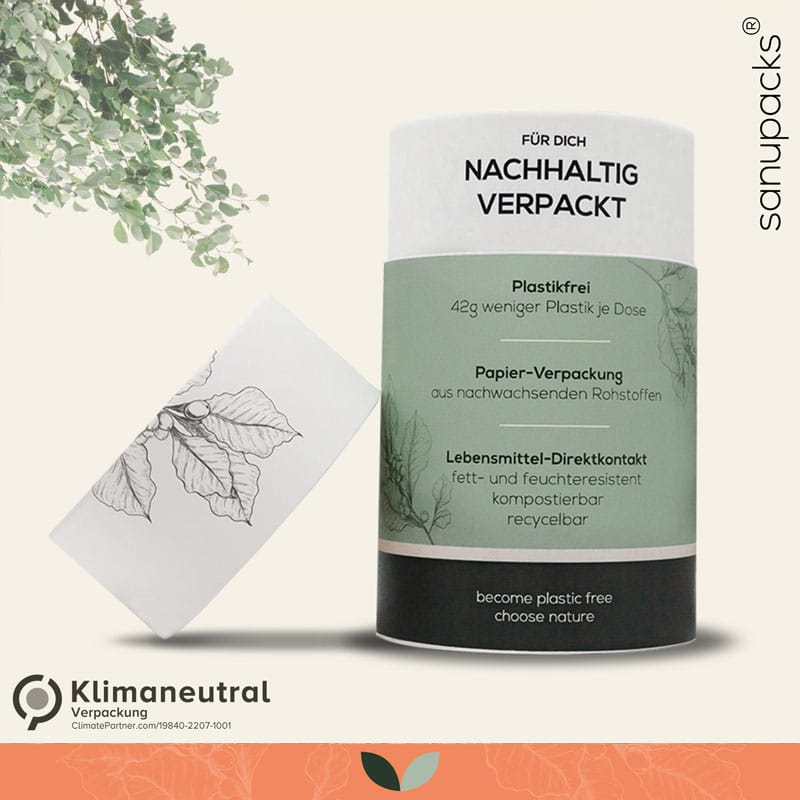
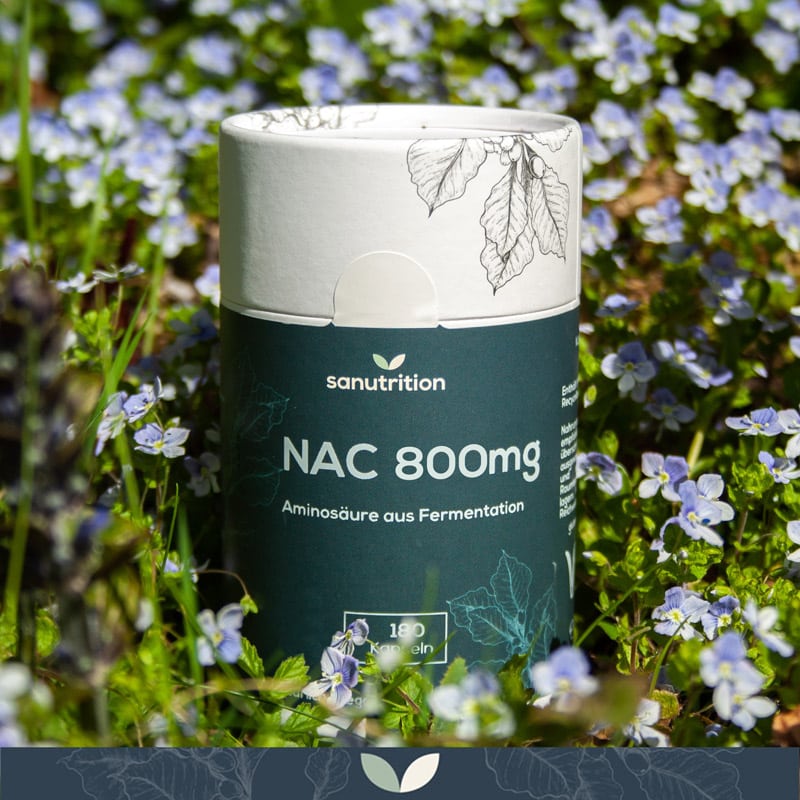
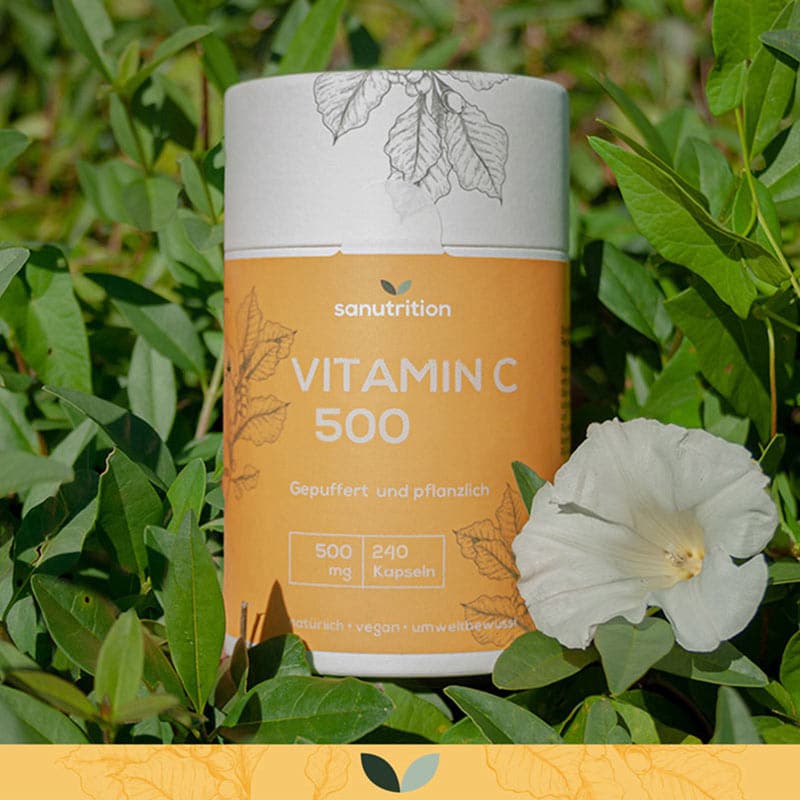
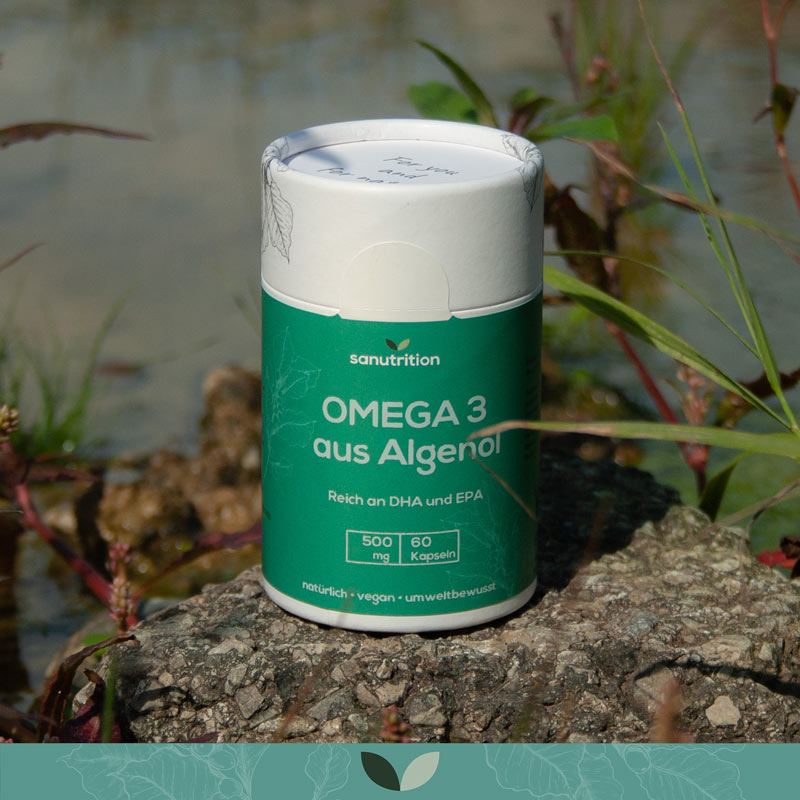
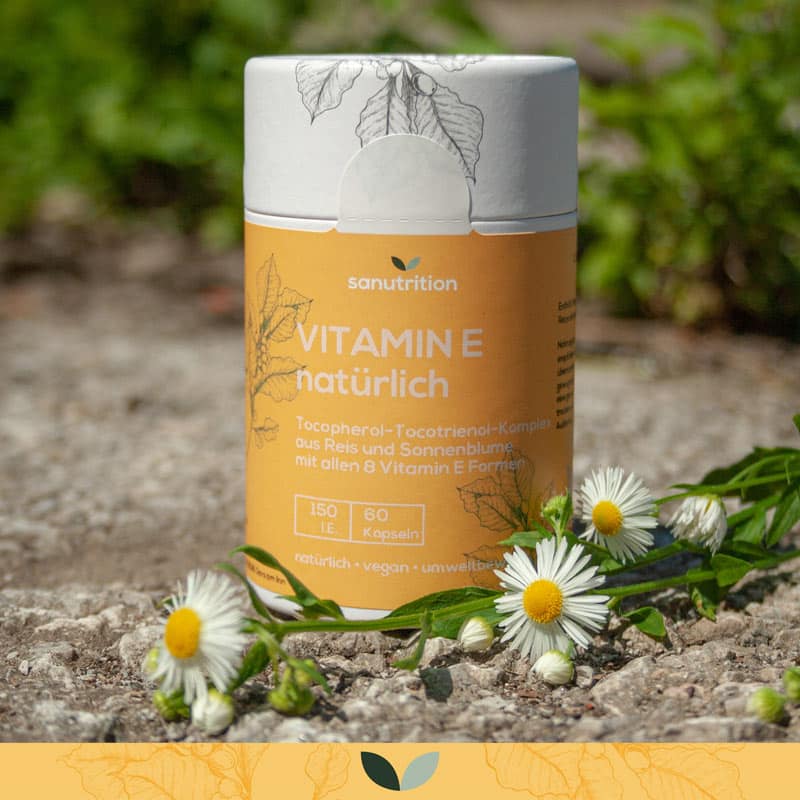

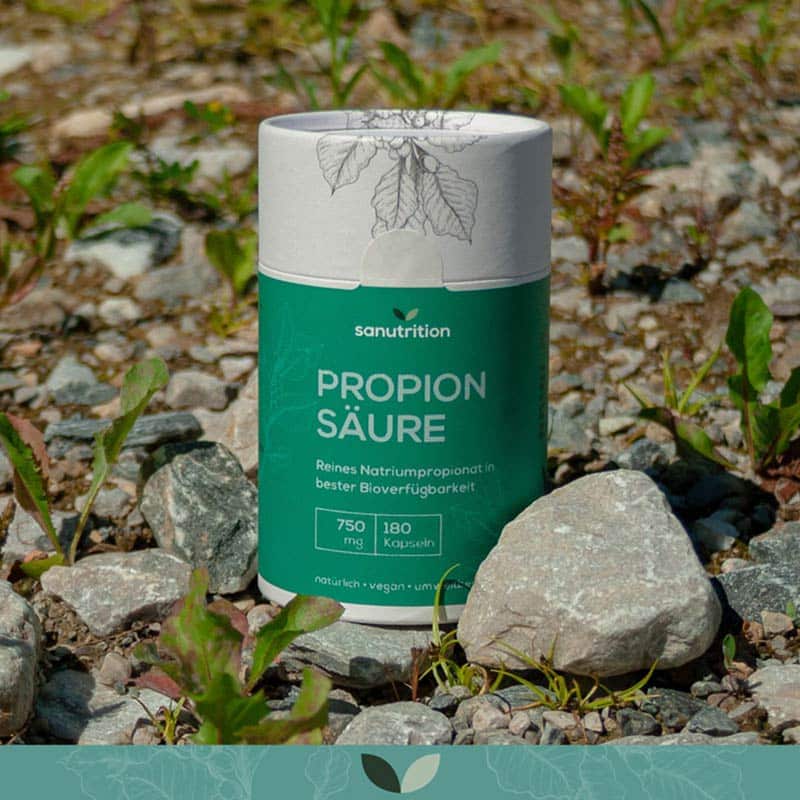
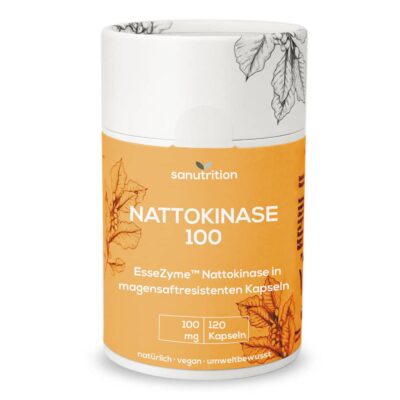
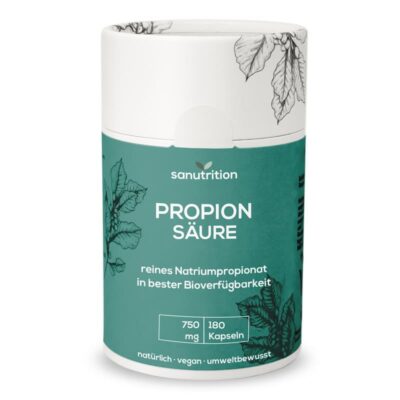

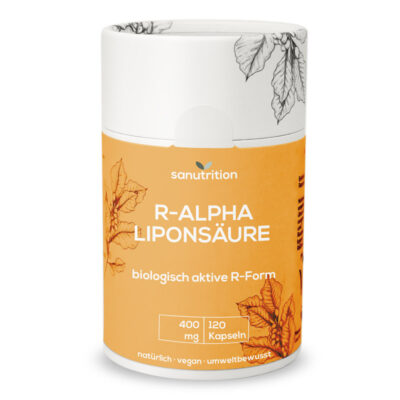

Reviews
There are no reviews yet.